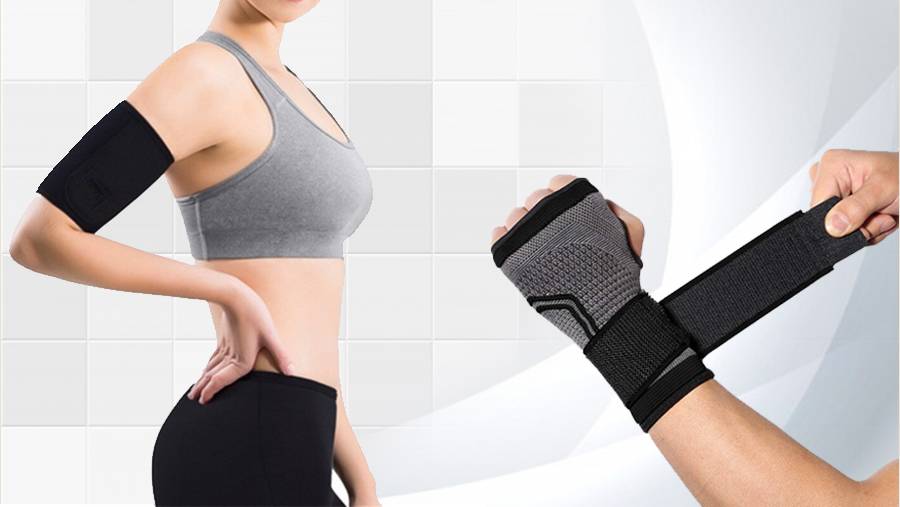
Hello
Select Address

Hands are the most intricate anatomical structure which performs the most crucial duties. However, people suffering from osteoarthritis live with uncomfortable hand conditions like swollen and stiff joints, pain and inflammation. This makes daily life increasingly challenging. In the journey of looking for effective help, compression hand sleeves are the most sought-after ones. Not for a cure, but for relief. Compression hand sleeves or sometimes called compression gloves are tight, comfy and reduces pain in the hands. But how are they so effective?
How does a compression hand sleeve work?
Like every other compression garment, these gloves provide warmth and support to the wearer. With its mechanism of distributing pressure, these reduce swelling and joint stiffness. Compression gloves have proven to improve blood circulation and deliver more oxygen to the working muscles. The increased amount of circulation removes lactic acid and other metabolic waste.
The warmth provided to the muscles enhances lymphatic fluid movement and accelerate the repair process of damaged cells.
Who can benefit from these sleeves?
Other than people suffering from arthritis, patients with burns, fractures, and surgeries can also benefit from compression garments. Hand sleeves reduce pain and finger edema in patients with inflammation due to rheumatoid arthritis. Within a week, it can also help increase their hand motion and grip.
Clinical trials have proven that these sleeves also reduce swelling in fractured hands and increased motion.
These gloves are not meant to treat arthritis but manage the symptoms. These have the following features to offer:
● Splints for comfort.
● Heat to lessen stiffness and pain.
● Compression to relieve pain.
What are compression hand sleeves made of and how to clean them?
Compression hand sleeves are made of nylon and spandex and their combined resilience imparts gentle pressure on the hands and fingers.
Machine wash with a delicate cycle or hand wash using non-bio detergent is enough to keep them clean. It is recommended to avoid fabric conditioners as it disrupts the compression level.
Do not dry in direct heat.
What are the different levels of Compression?
1. Mild Compression is the lowest of the levels available. They are designed to relieve aching finger joints. The pressure varies between 8-15 mmHg.
2. Medium compression is ideal from relieving stiffness and soreness. These provide relief from severe muscle pain. The range varies from 15-20 mmHg.
3. Firm Compression ranges from 20-30 mmHg. At this level, this is not meant for pain relief. These sleeves typically promote blood circulation.
4. Medical compression ranges from 40-50 mmHg. These provide the highest level of compression. Doctors recommend this post-surgery or to treat edema.
What guidelines to follow when purchasing compression gloves?
The varieties can be overwhelming to choose from. When buying a glove, keep the following features in mind:
● Fitting: Compression gloves can be harmful when they are a misfit. Look for the proper size. Measure your hands and get your gloves that fit snugly.
● Fabric: For the gloves to properly affect your hands they must be on for 8 hours. Look for breathable fabrics. These are also available in a cotton-spandex combination. Some gloves come with UV protection and odor-diminishing fabric.
● Fingers: Gloves are available in both fingerless and full-finger features. The fingerless gloves give complete freedom of motion during activities. Full-finger gloves work just fine at night.
● Compression: The level of compression is vital considering its purpose. If the gloves are for severe medical conditions, the recommended pressure levels should be checked.
Before you buy one, consult your health care specialist regarding the compression level required for your condition. For maximum relief, stick to wearing it for 8 hours and consult a healthcare professional for added guidelines.